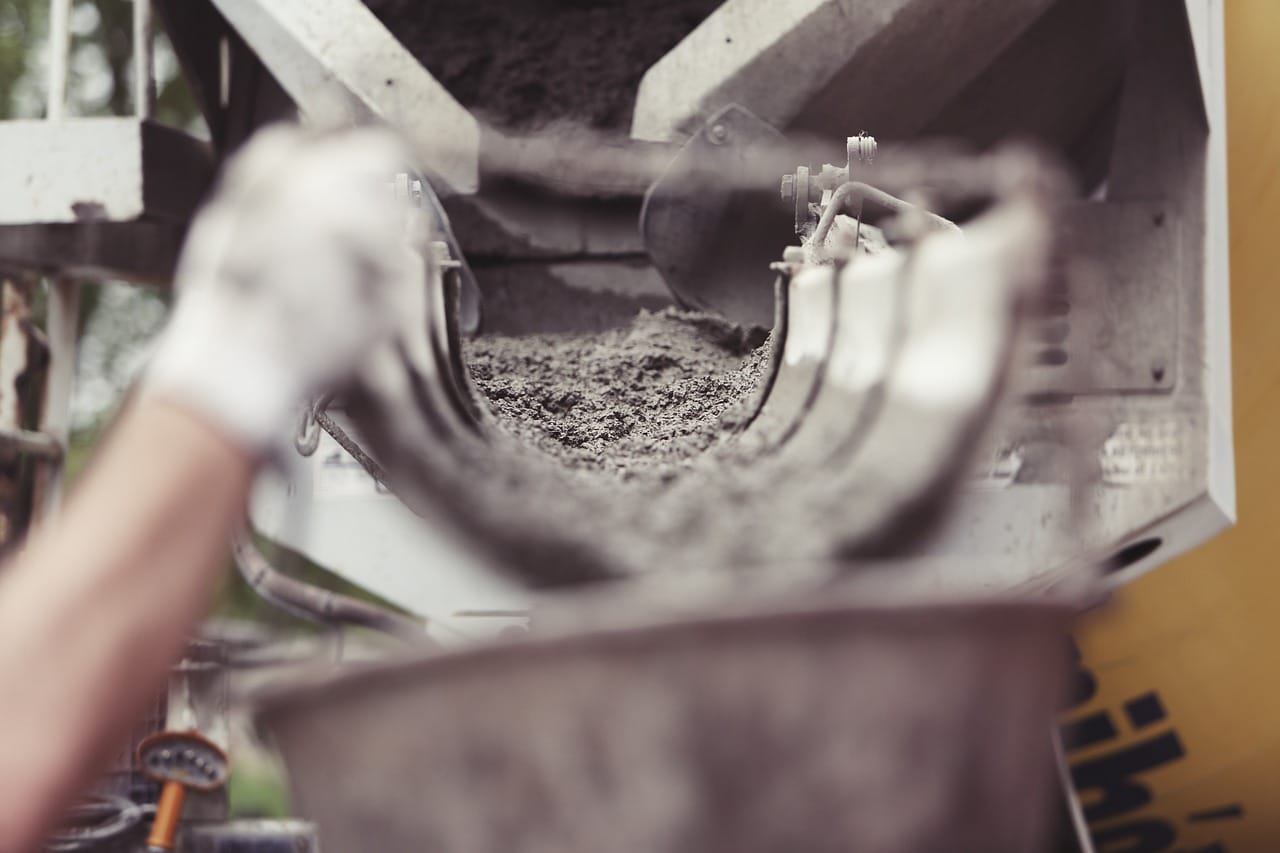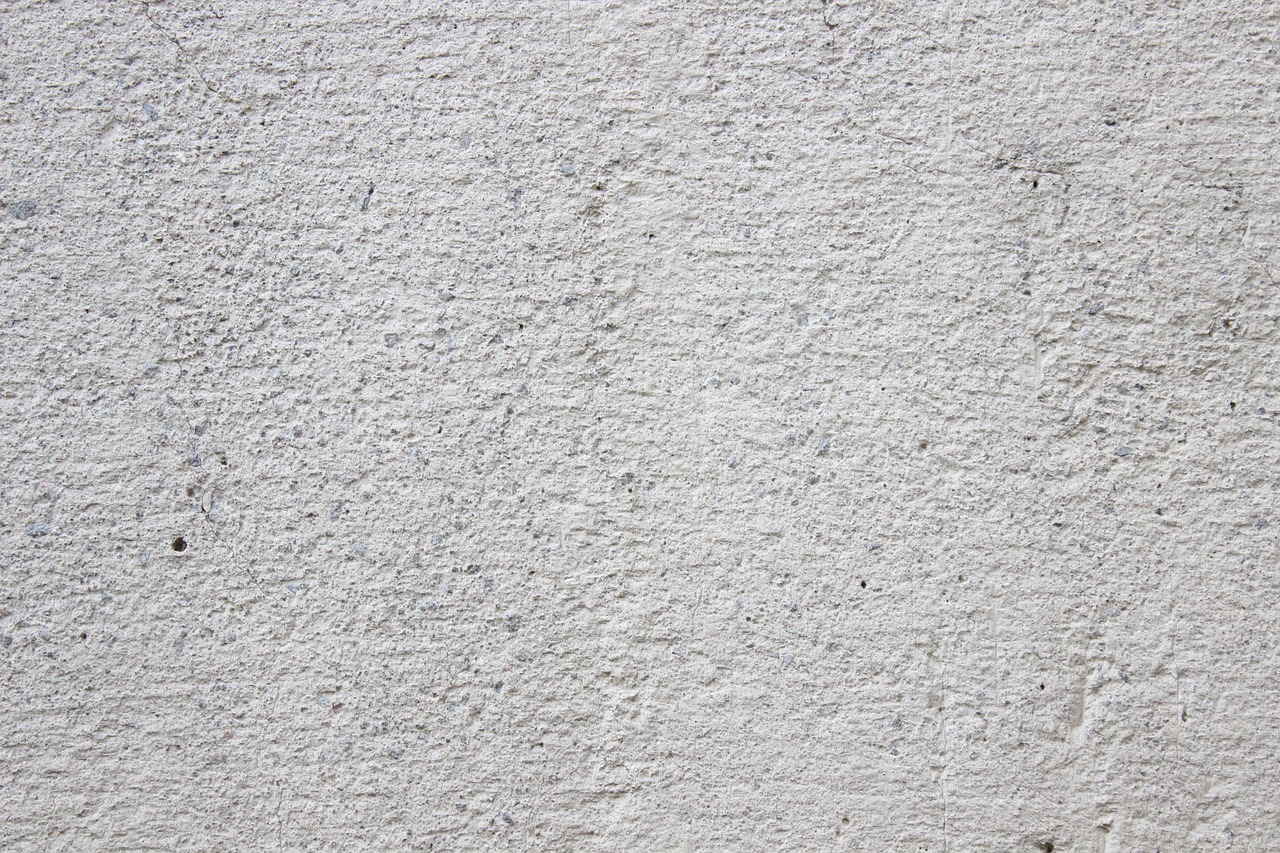
The formwork is a mold to contain the concrete until it sets.
Formwork is the name given to the mold that is developed with sheets or boards to contain the concrete until it sets . Once the concrete sets, the formwork is dismantled.
Concrete
Concrete (or concrete ) is the material obtained by mixing cement or lime with gravel, sand and water .
For concrete to become solid and resistant, it must wait for it to set . Setting, in this framework, is the process that leads the material to harden .
Types of formwork
There are different types of formwork. Traditional formwork uses wood and can be easily assembled, although it is not suitable for large-scale constructions. In these cases, modular formwork is usually used, which consists of prefabricated plastic or metal modules.
Aluminum formwork , meanwhile, is used in columns, beams and walls, while sliding formwork can be reused as the work grows in surface area or height.
Similar to the previous one, modular formwork consists of prefabricated panels that are assembled in different configurations. These systems are versatile, making it easy to create structures of various shapes and sizes. There is also slipforming , which is used to build vertical structures , such as towers and pillars, continuously and without interruptions. It slides upward as concrete is poured, allowing high-rise elements to be constructed efficiently.
Note that there is a horizontal sliding formwork , which looks similar to the previous one but is used in the construction of structures parallel to the ground, such as bridges. In these cases, it moves gradually as the beam or slabs are made. The formwork is usually dismantled and can be reused in other developments. However, the lost formwork is that which remains fixed since it is attached to the structural piece, which means it is not recovered or reused.
History
The history of formwork is closely related to the development of construction and architecture over the centuries. The first records date back to ancient civilizations, such as the Egyptians, Greeks and Romans . In Egypt, wooden molds were used to create adobe blocks and bricks. The Romans, famous for their construction skills, used temporary formwork to create concrete structures such as aqueducts, domes and bridges. The Roman technique involved creating wooden or metal chests to contain the concrete mixture and give it the desired shape.
During the Middle Ages , construction knowledge and practice advanced in a more limited way. However, the basic idea of using temporary molds to shape the concrete structures was maintained. The techniques and materials varied depending on the region and the technological limitations of the time. With the Renaissance and technological advancement in the Modern Age , construction experienced a resurgence. The invention of plywood in the 19th century allowed the creation of more flexible and durable formwork.

Concrete is a material that is made by mixing cement with gravel, sand and water.
As engineering and architecture advanced, so did formwork techniques. The development of adjustable and reusable systems allowed for greater efficiency in construction. In the 20th century , metal and plastic formwork began to partly replace traditional wooden ones. These new materials offered advantages in terms of durability, versatility and ease of use.
Today, formwork is an integral part of modern construction . A variety of materials are used, from wood and metal to plastic and composite materials. Advances in technology have led to the design of more sophisticated and customized systems , which has increased efficiency and accuracy.
